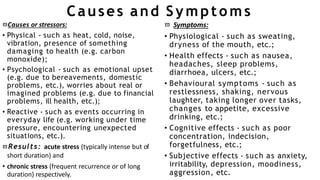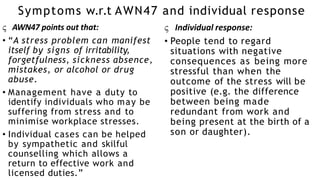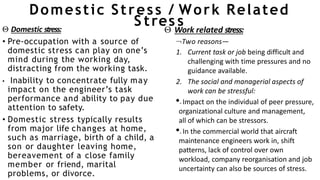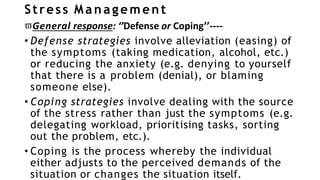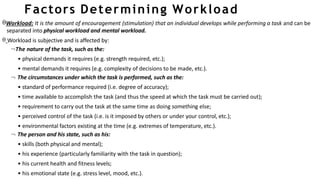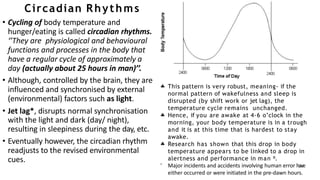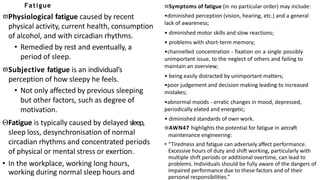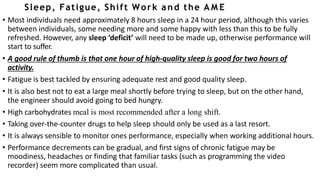This chapter examines human factors and incidents in terms of human error. It discusses Murphy's Law and how even experienced individuals can make errors. Approximately 70% of aircraft accidents are attributable to human performance. The Aloha Flight 243 incident in 1988 involved structural failure due to undetected cracks, highlighting issues with aircraft inspections. The BA 5390 incident in 1990 involved a windscreen blow out due to incorrect replacement bolts, with contributing human factors including poor lighting and failure to wear glasses. Subsequent chapters will discuss human performance limitations and identify areas of vulnerability to help prevent errors.
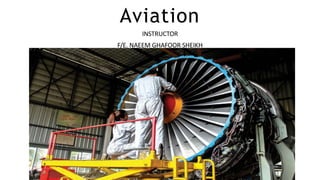





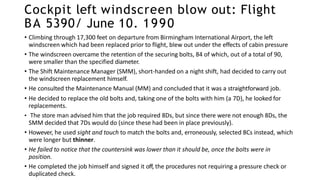
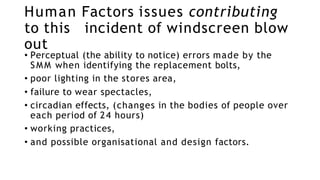
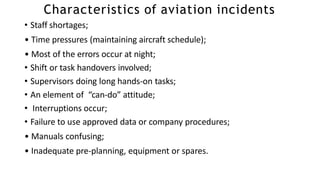





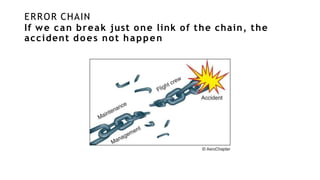
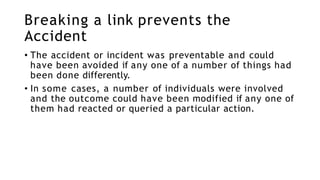


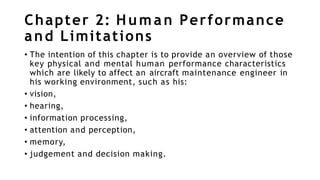








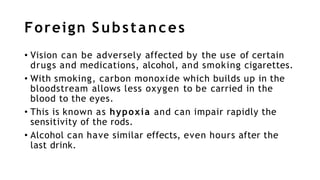

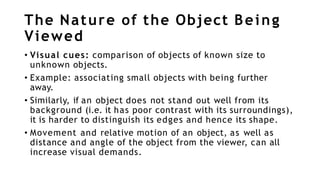
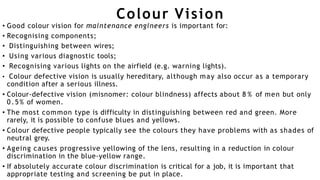


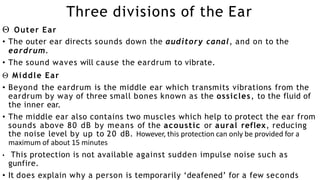
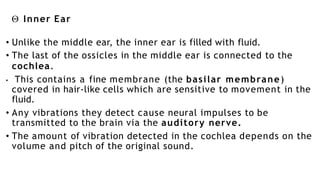

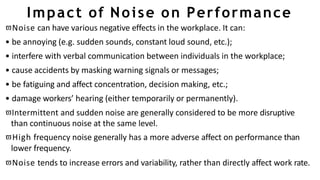
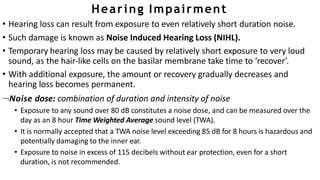

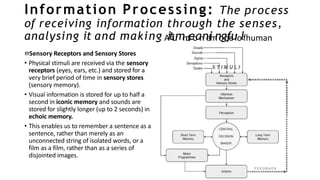

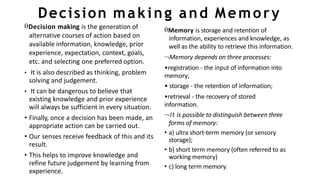
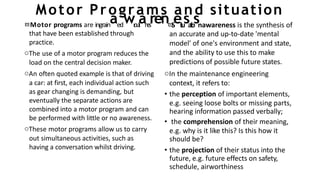
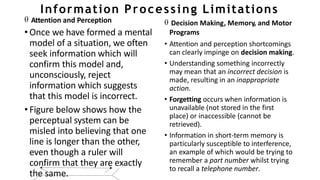
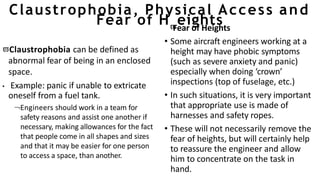
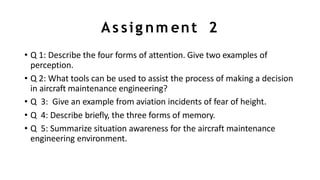

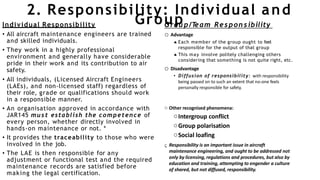


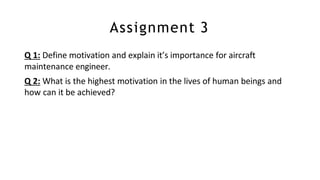


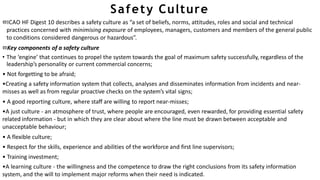
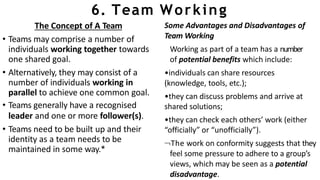


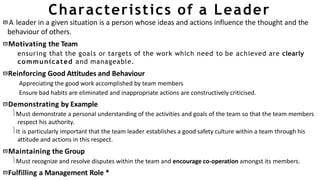

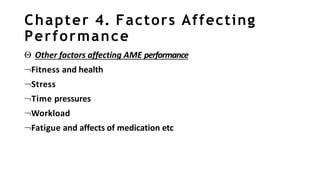
![1. Fitness and Health
ICAO Annex 1: “An applicant shall, before being issued with any license or rating
[for personnel other than flight crew members], meet such requirements in
respect of age, knowledge, experience and, where appropriate, medical fitness
and skill, as specified for that license or rating.”
In the UK, the ICAO requirements are enforced through the provision of Article 13
(paragraph 7) of the Air Navigation Order (ANO). This states:
• “The holder of an aircraft maintenance engineer’s license shall not exercise the
privileges of such a license if he knows or suspects that his physical or mental
condition renders him unfit to exercise such privileges.”
1.3 There are two aspects to fitness and health:
1. the disposition of the engineer prior to taking on employment *
2. the day-to-day well being of the engineer once employed.](https://image.slidesharecdn.com/humanfactorsinaviationpowerpoint-220518105422-2272e6e2/85/Human_Factors_in_Aviation__PowerPoint_-pptx-pptx-61-320.jpg)



